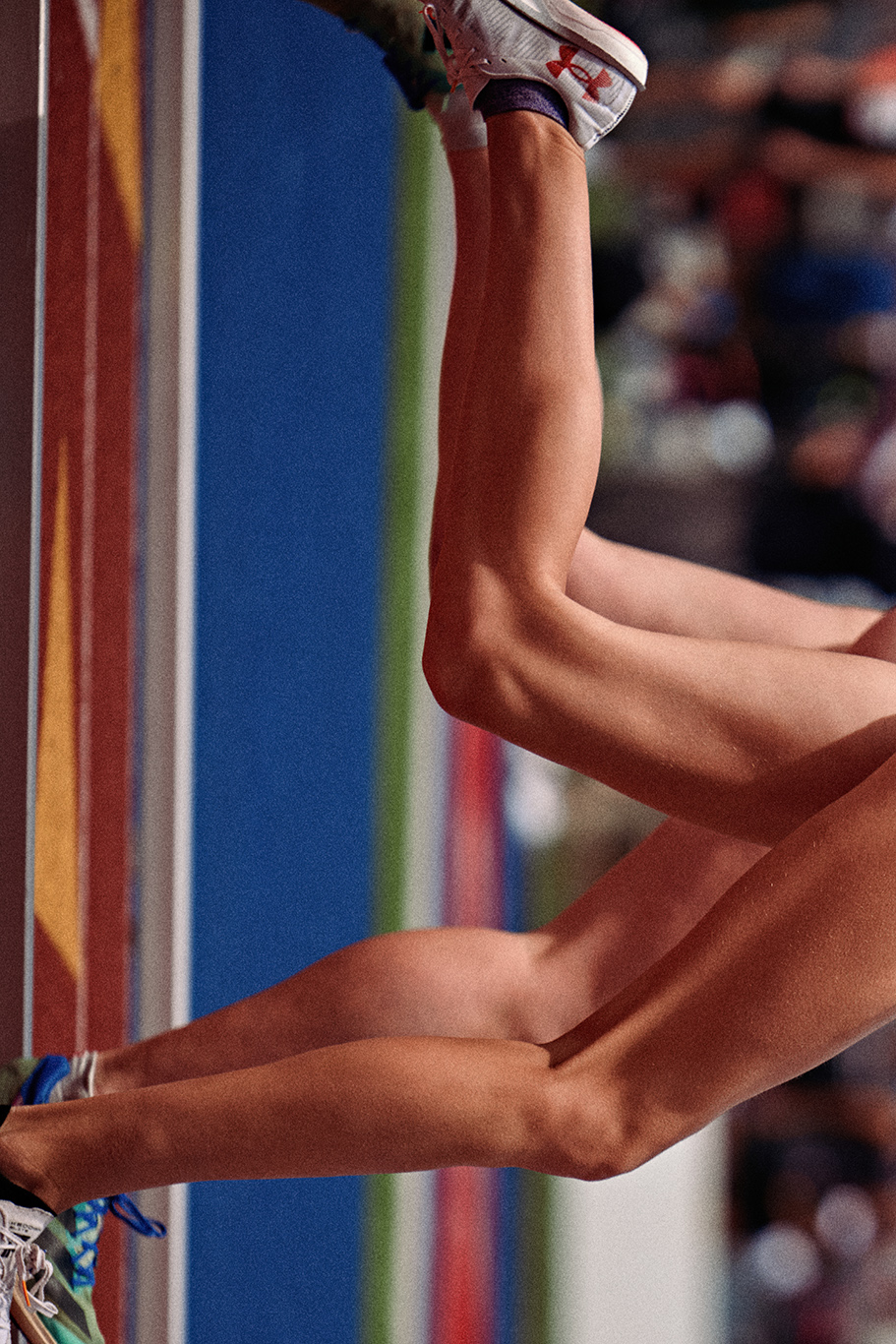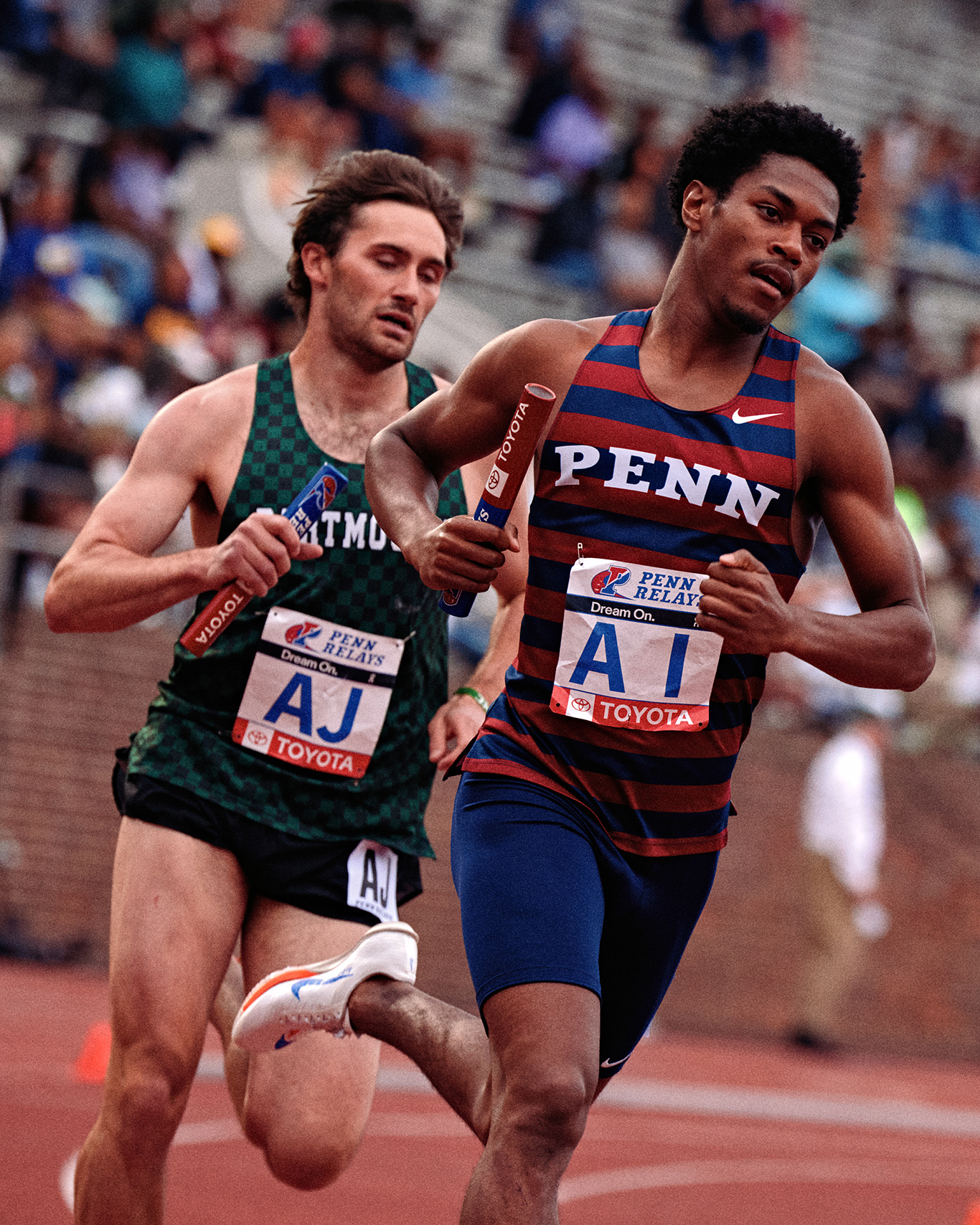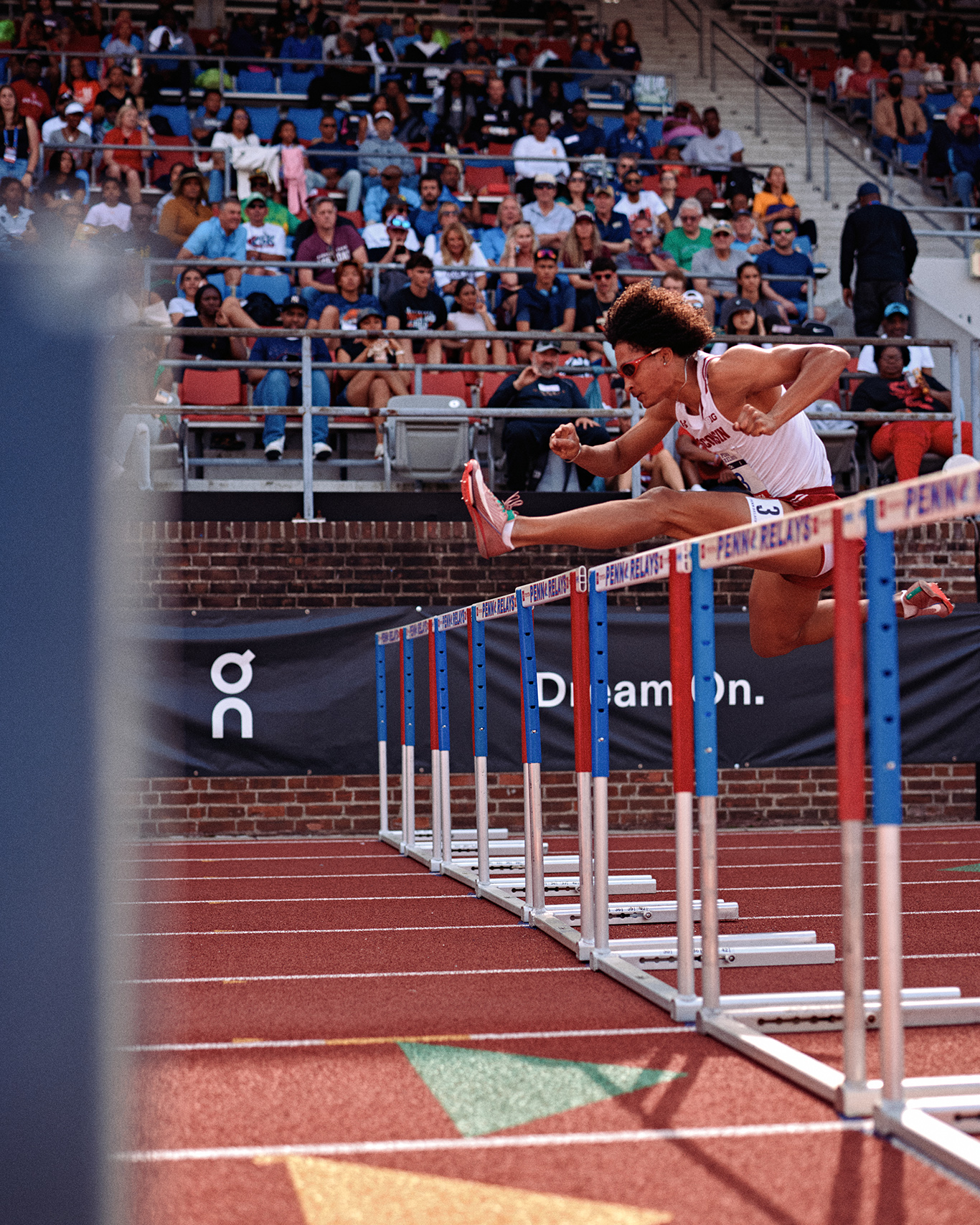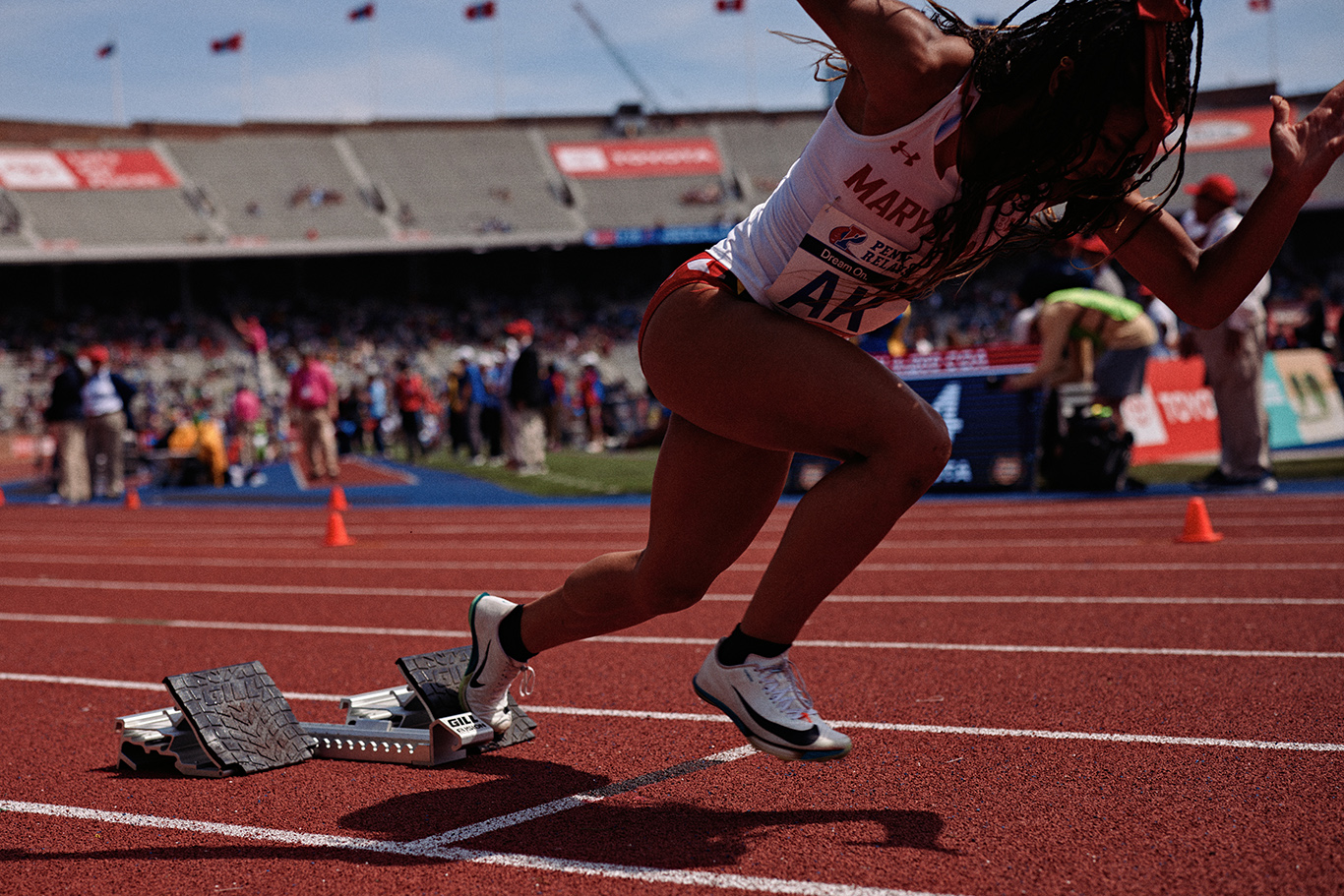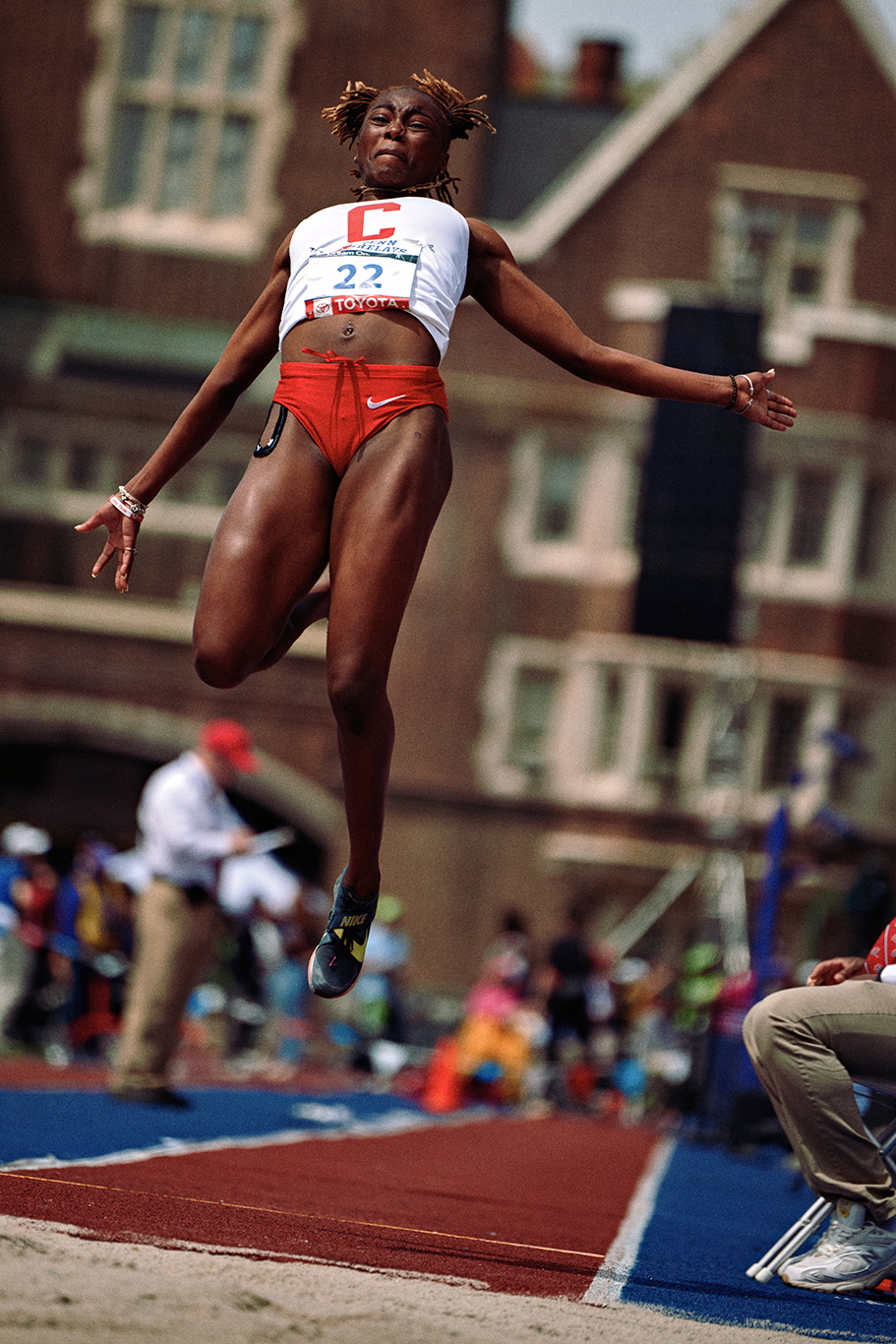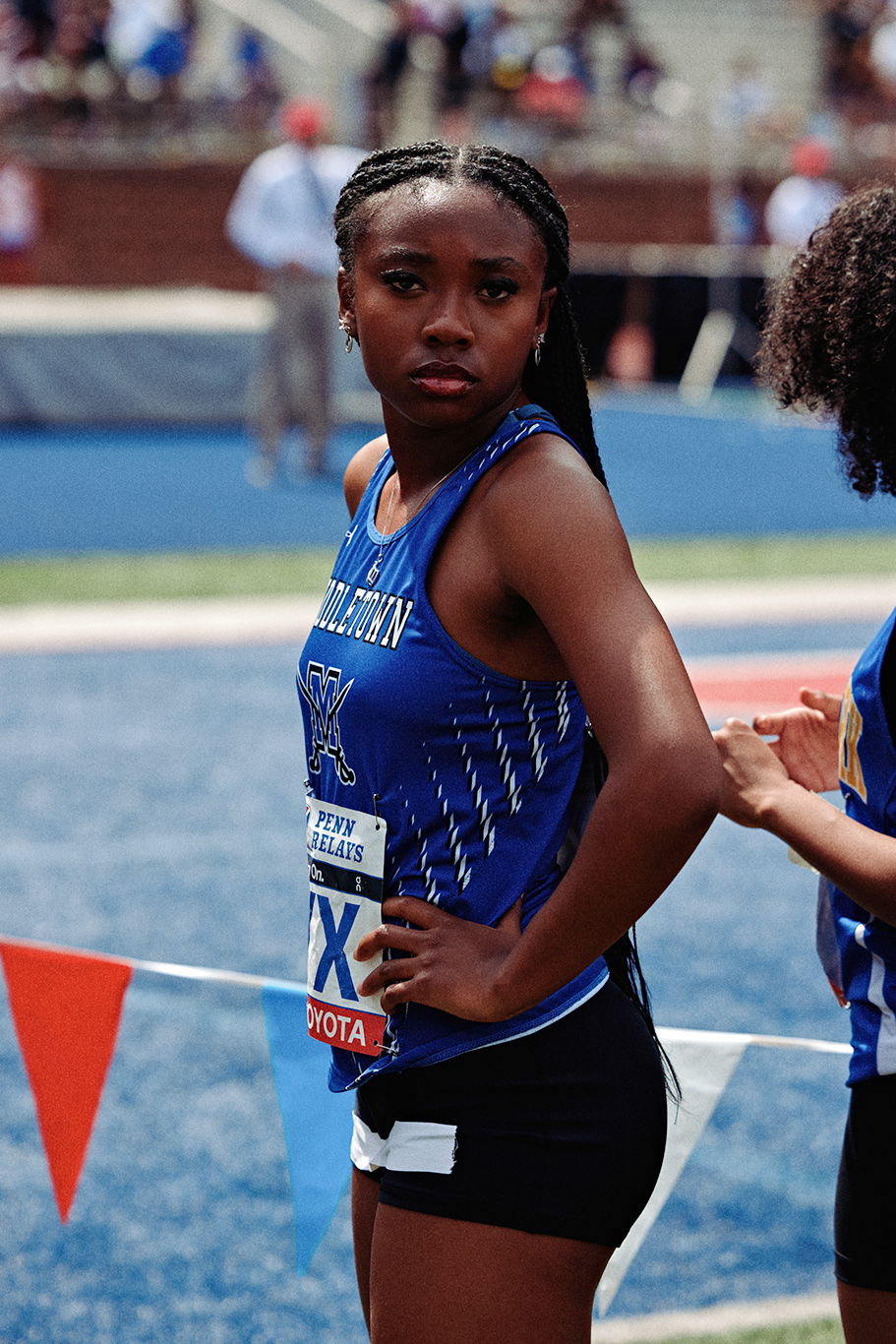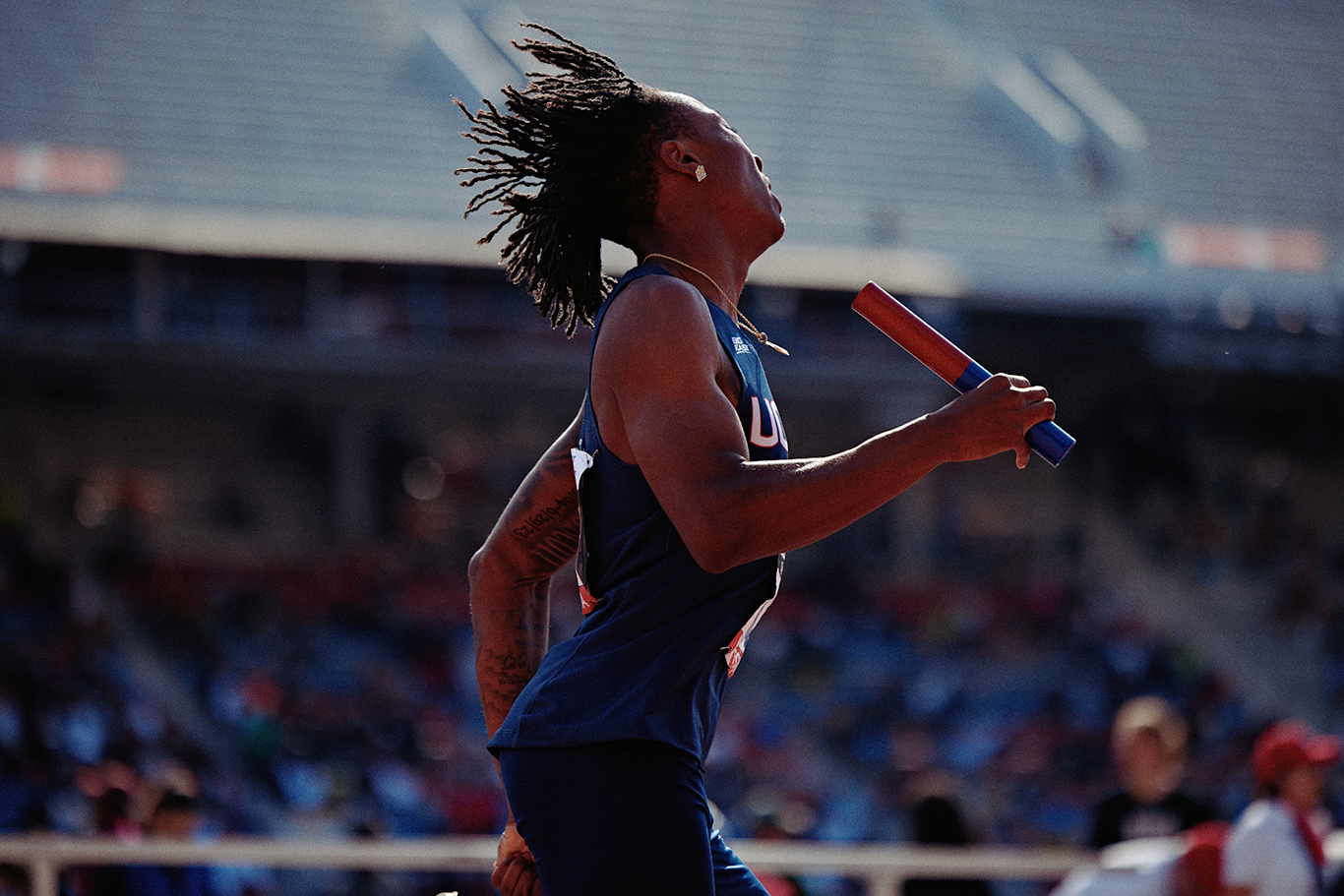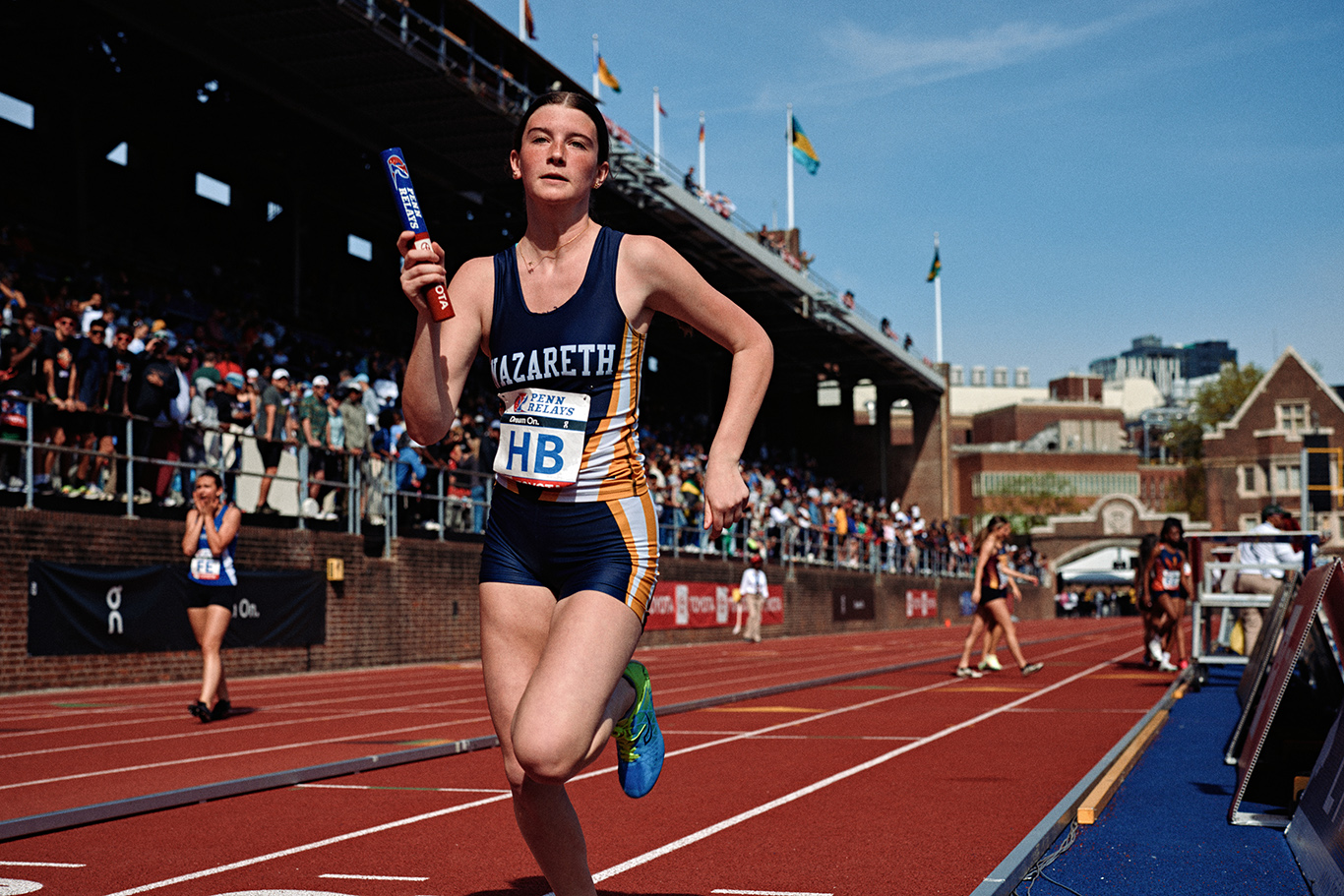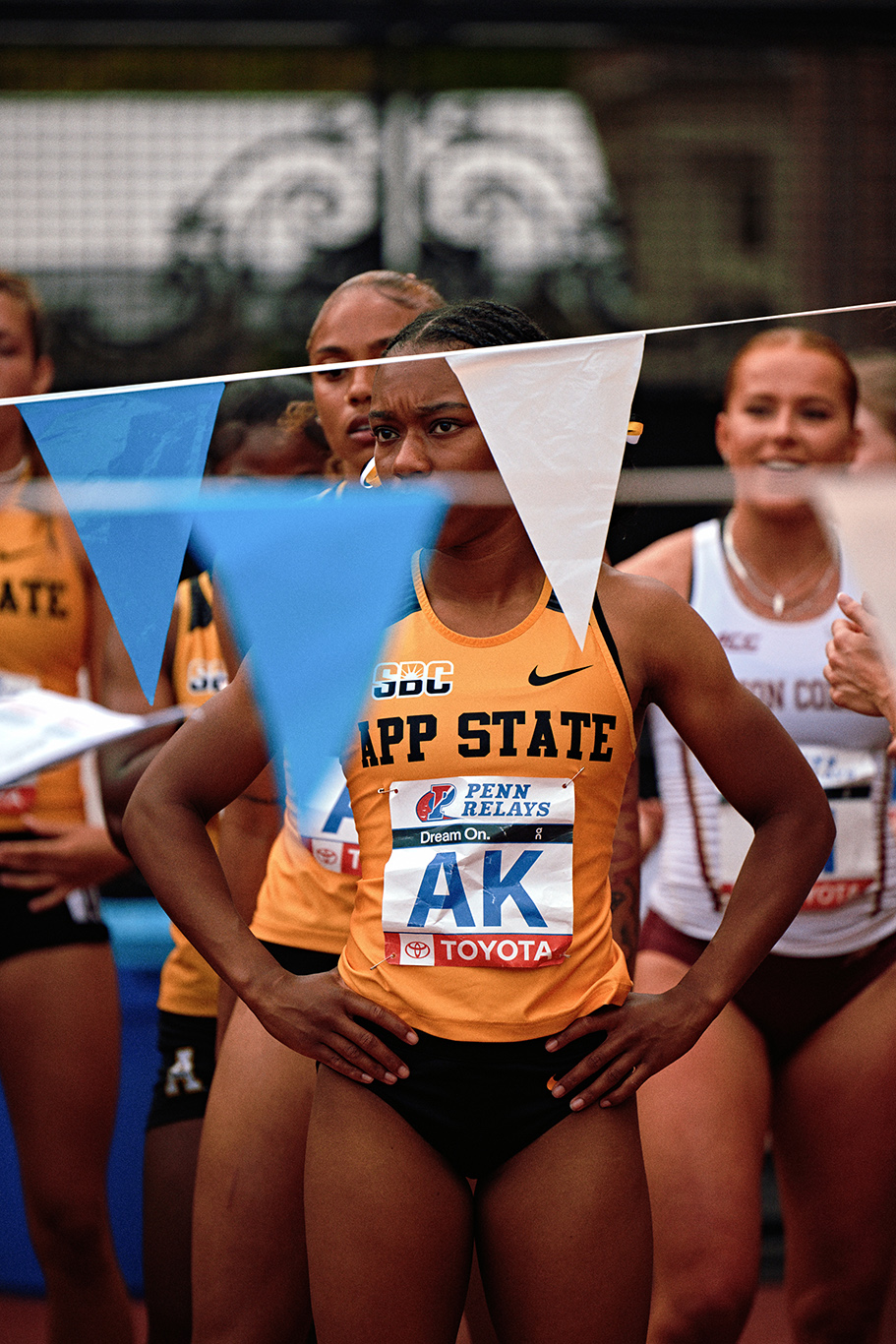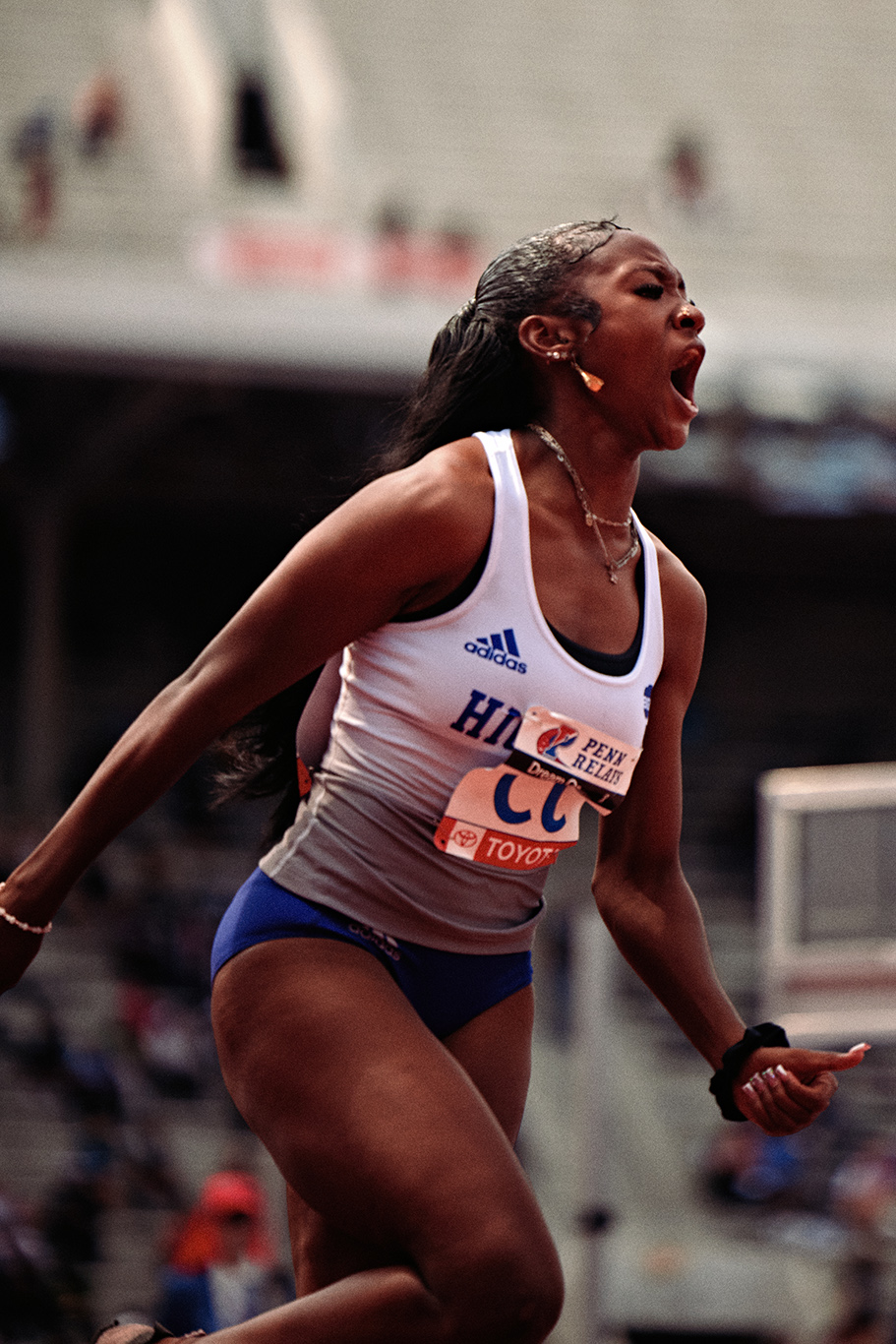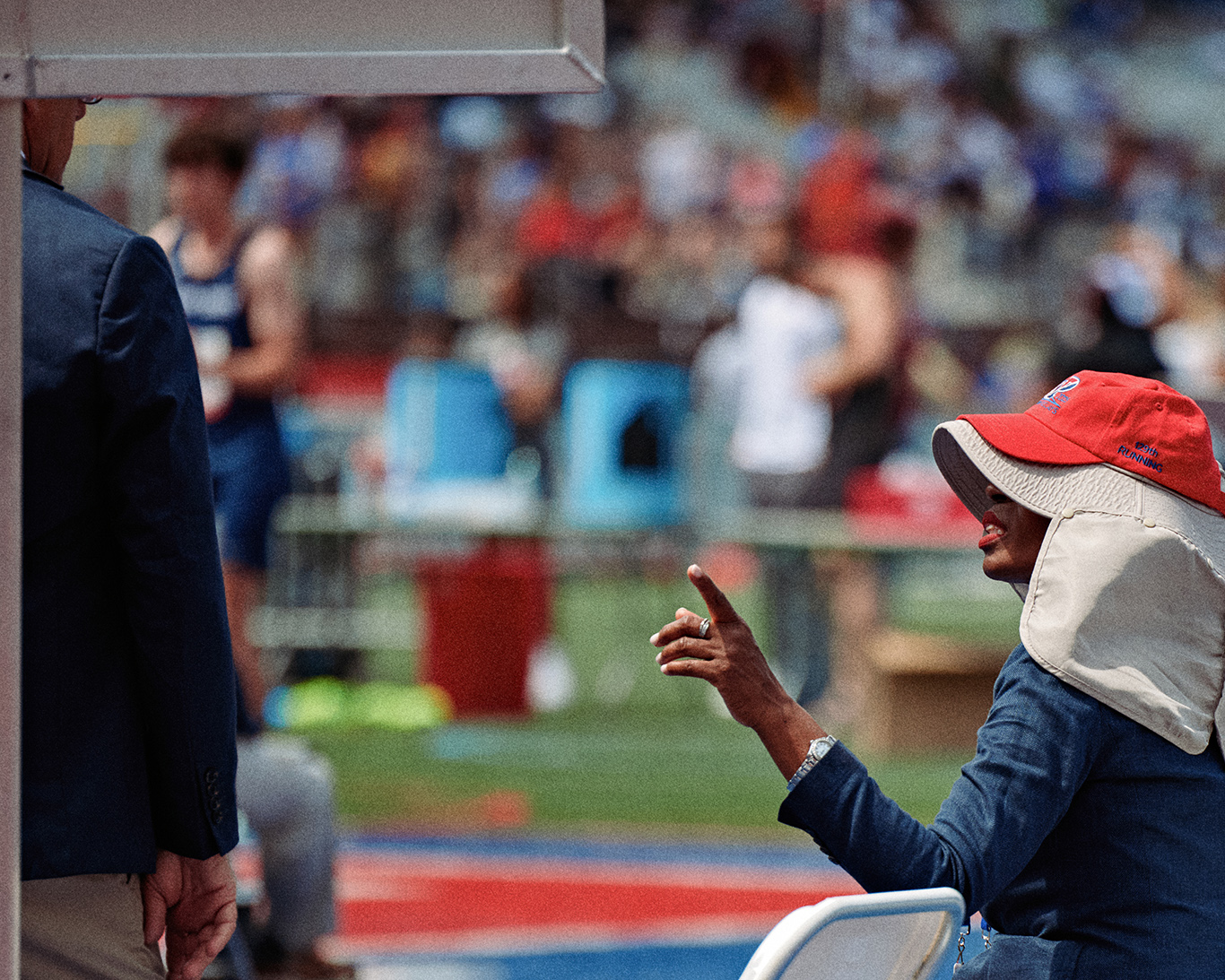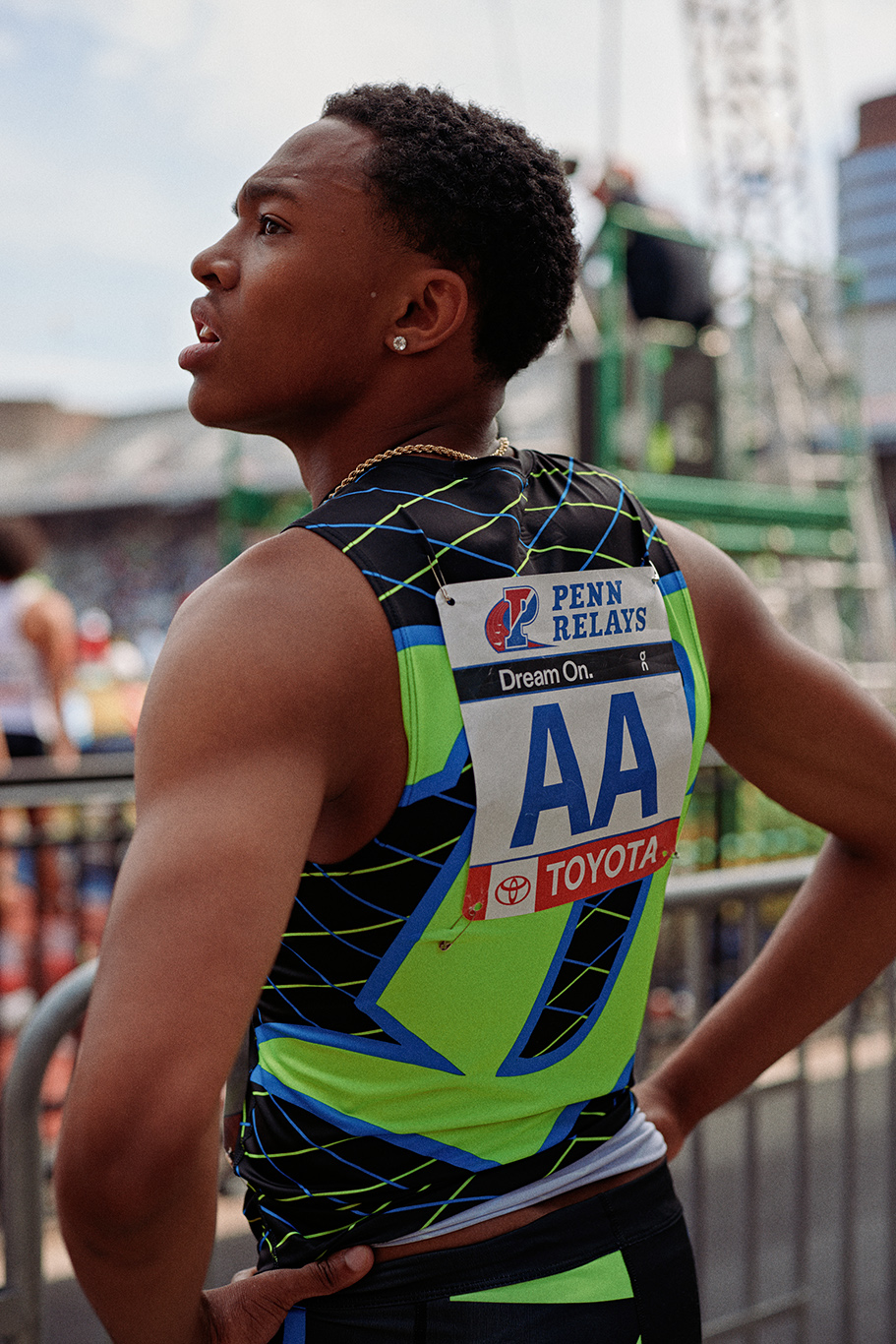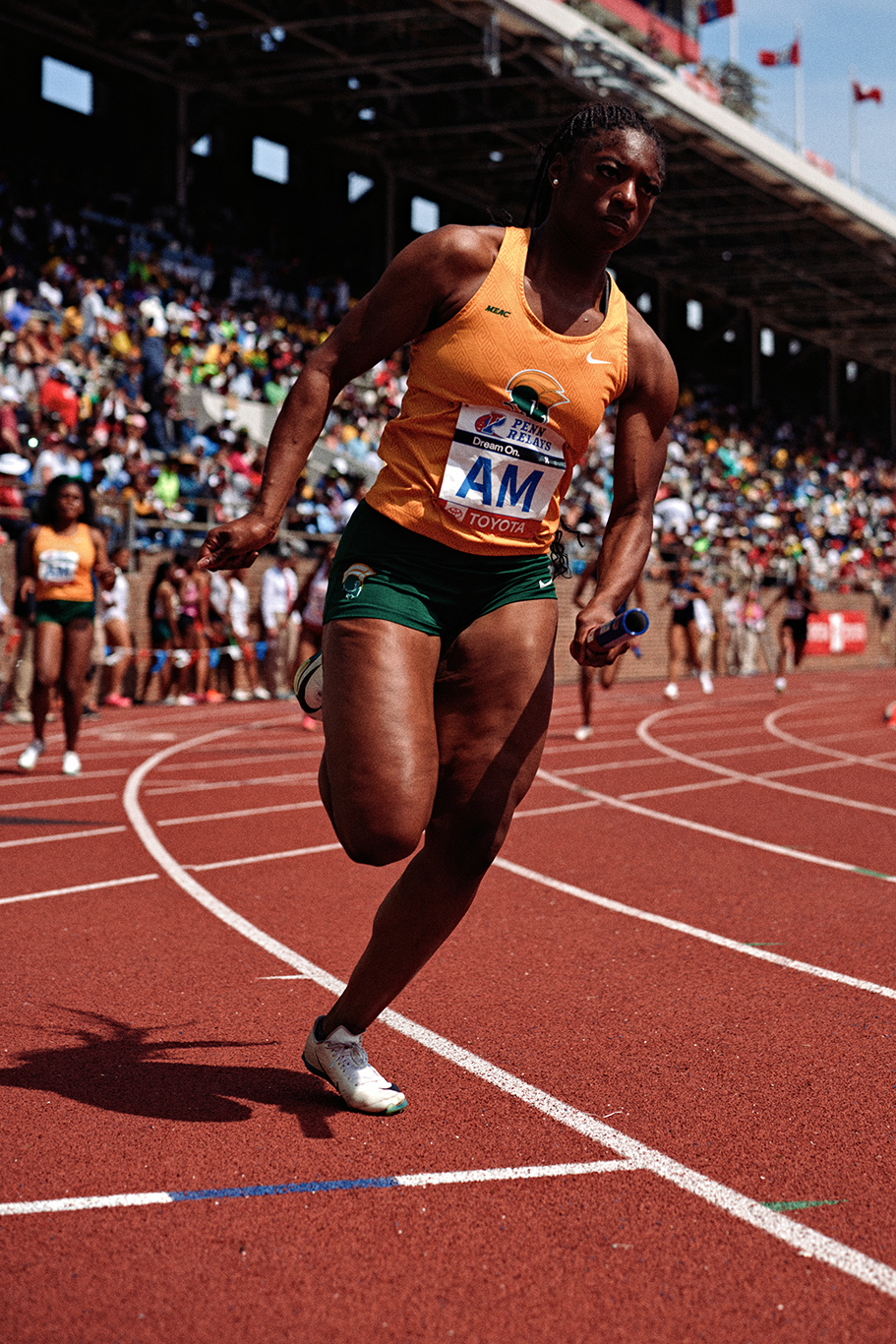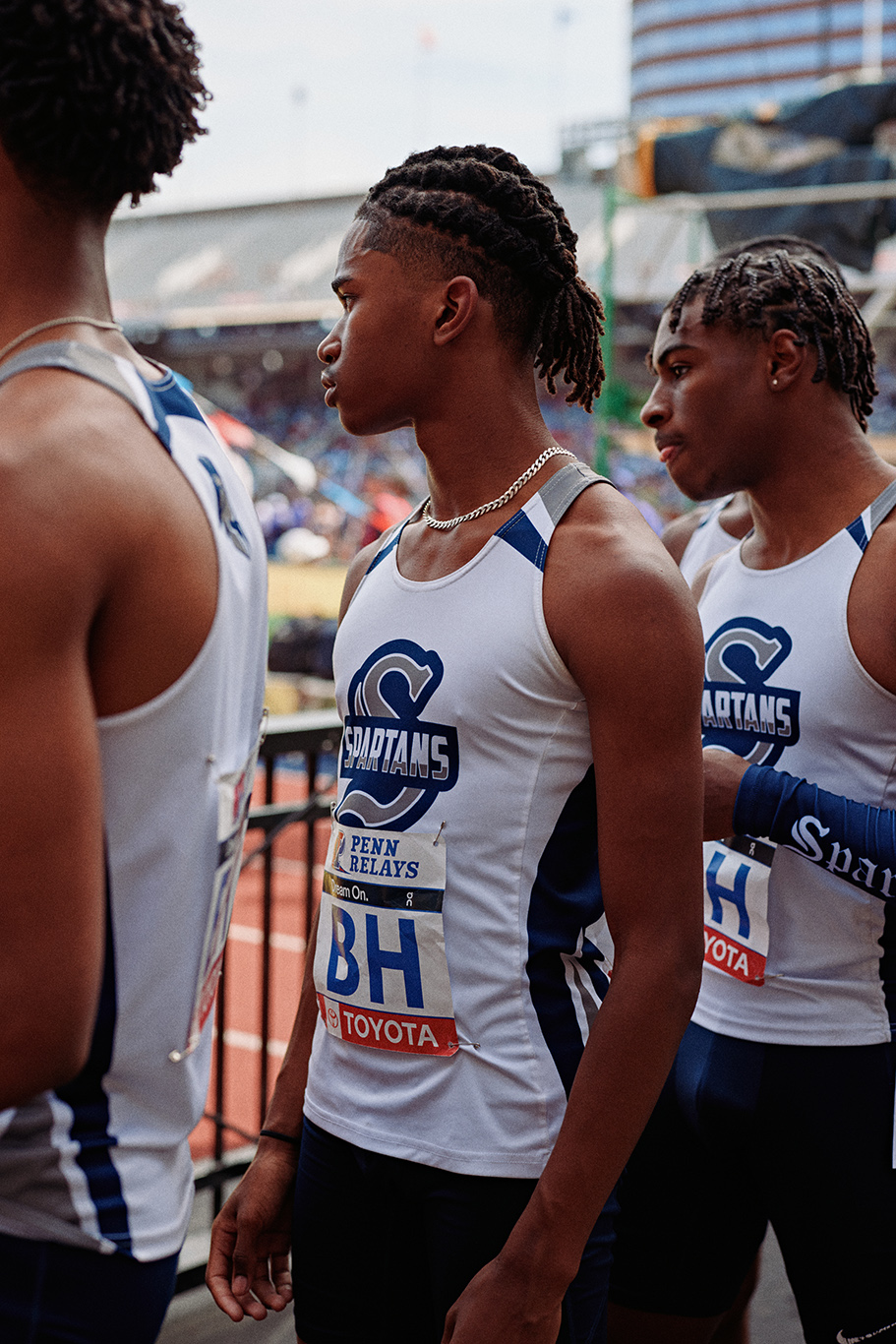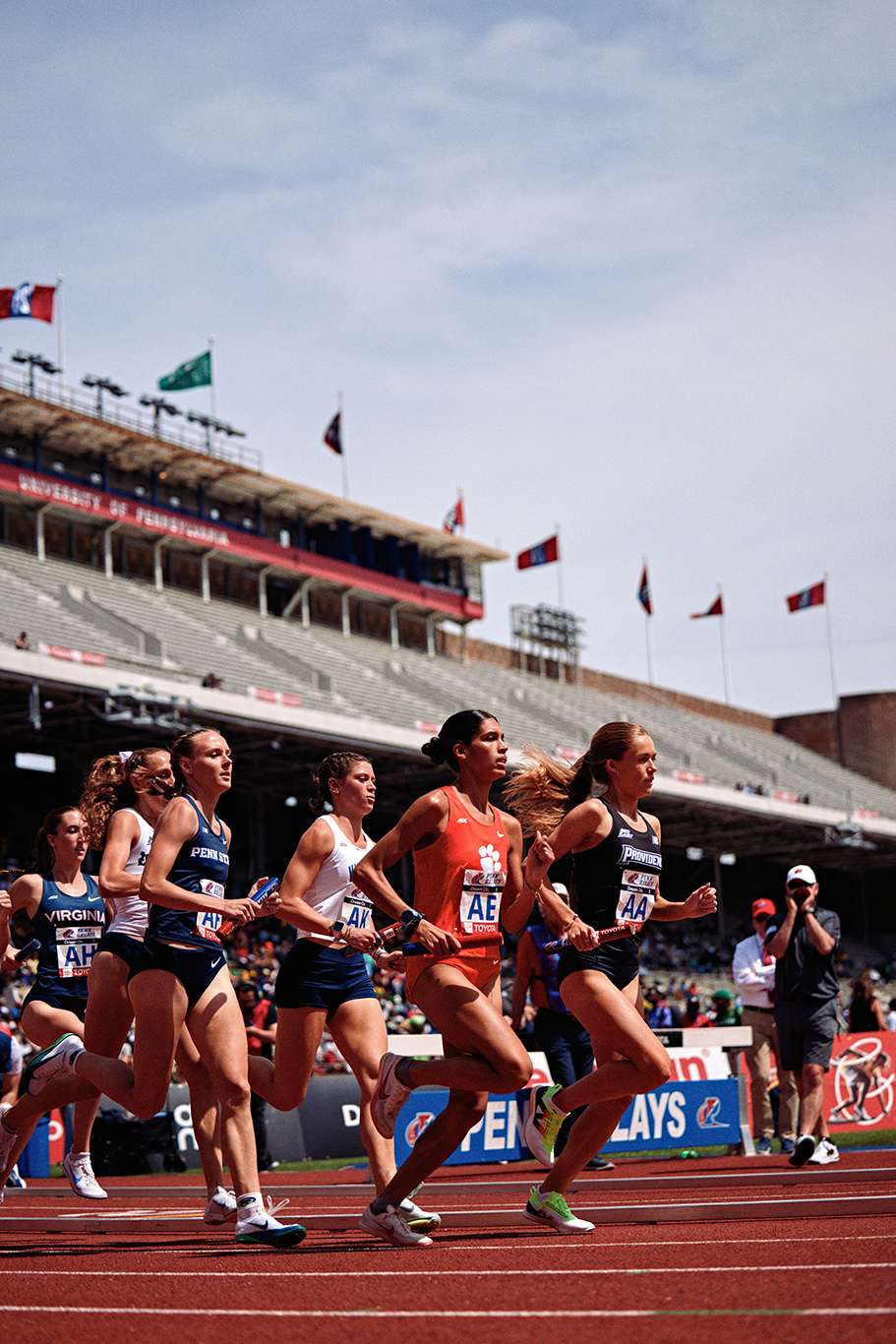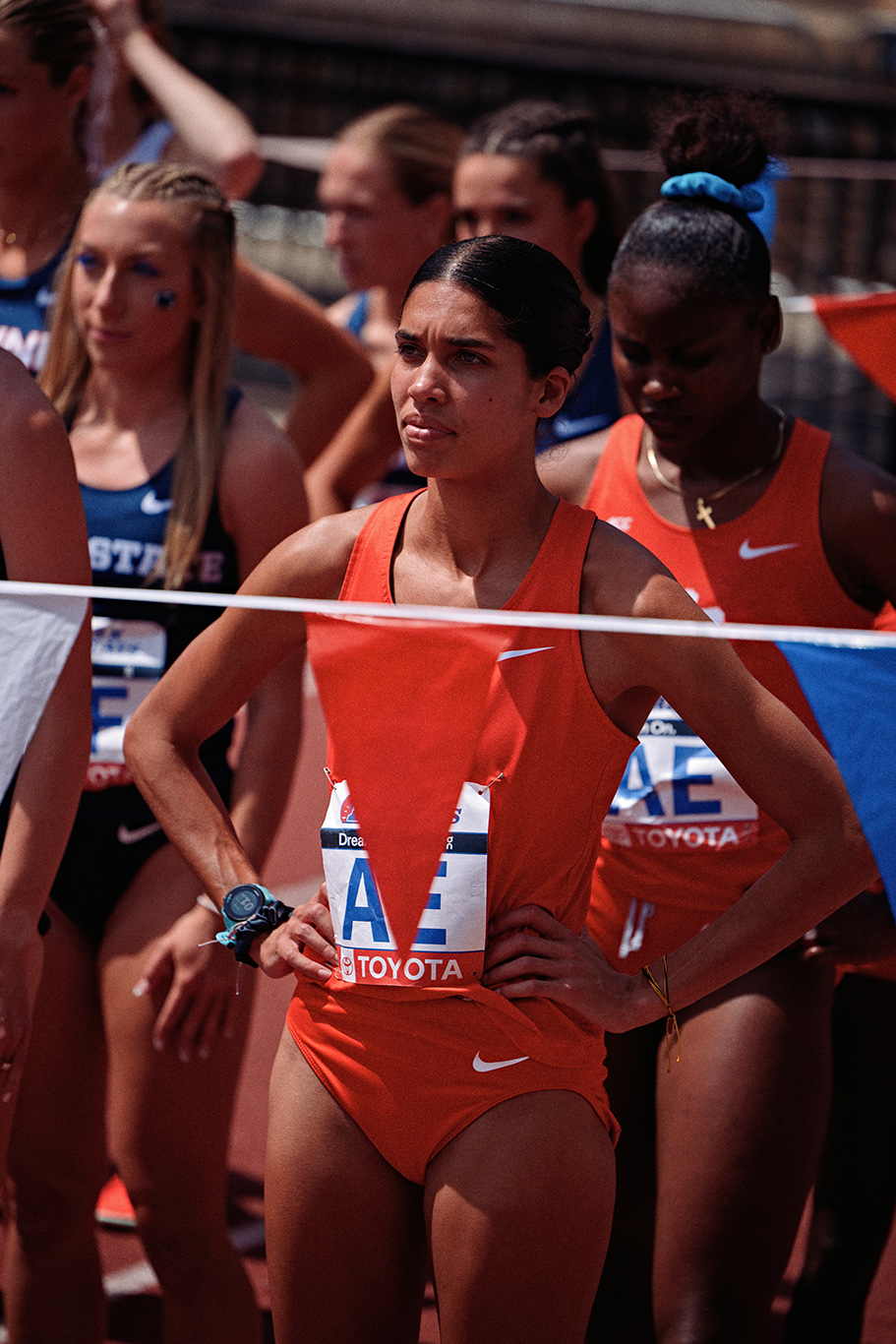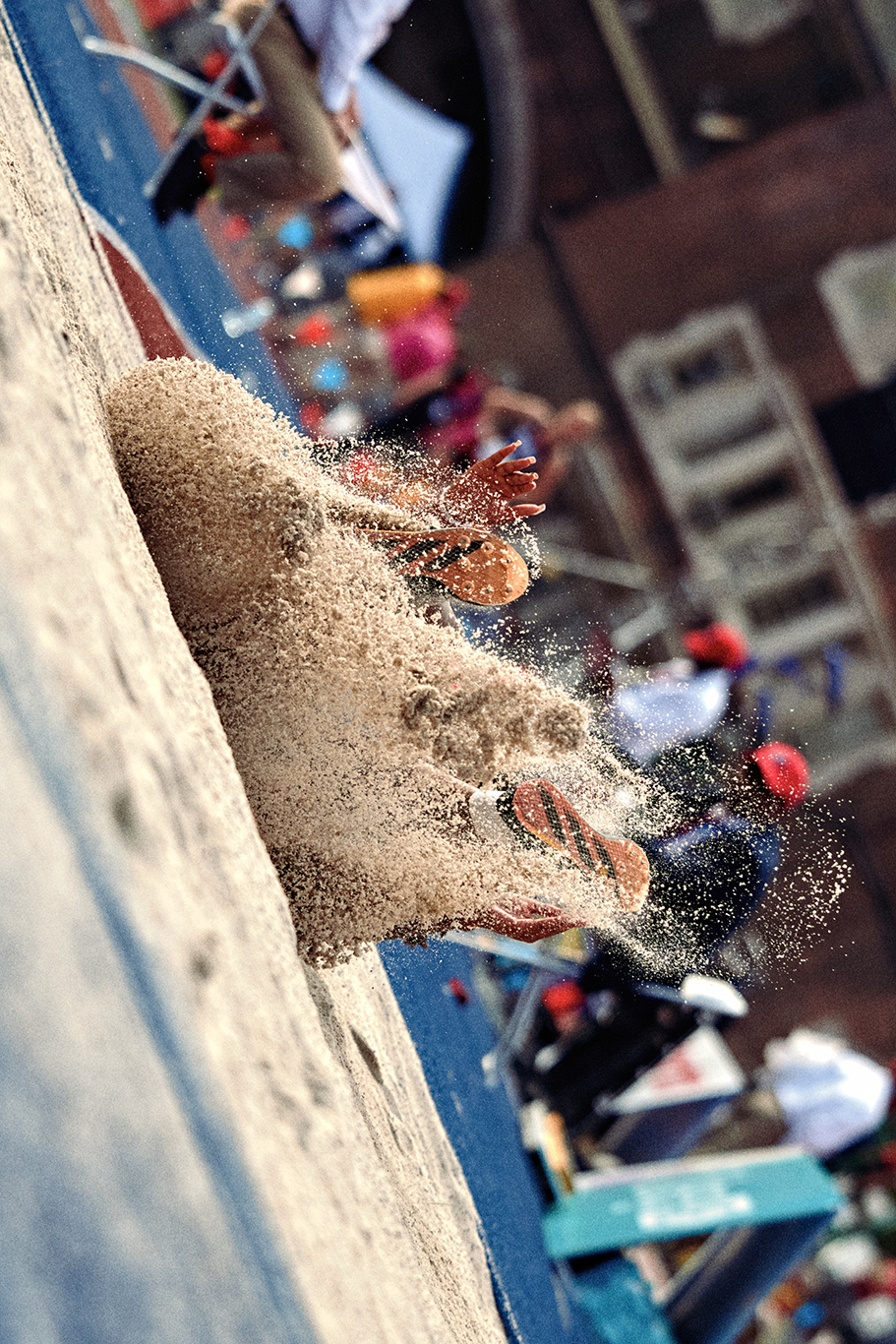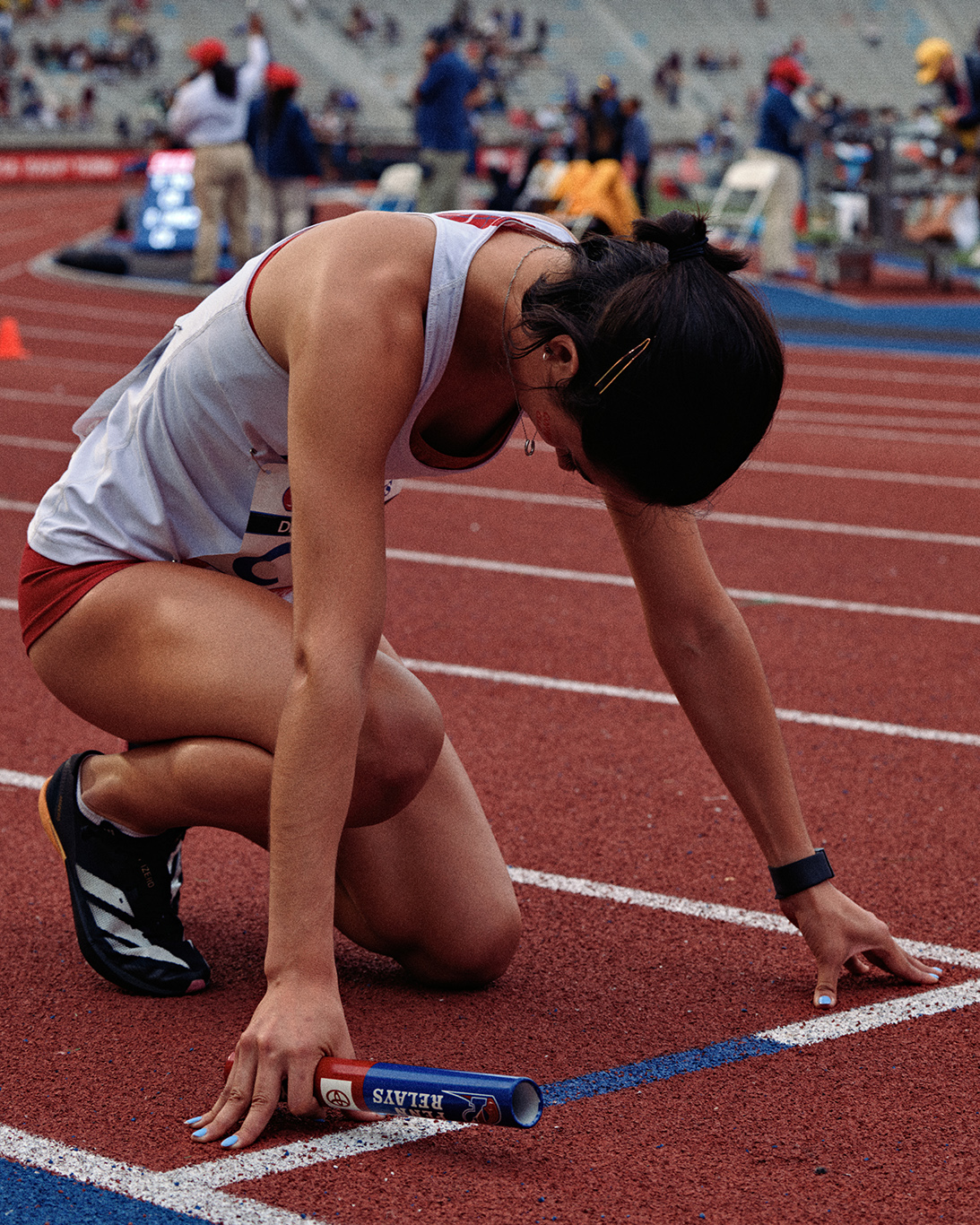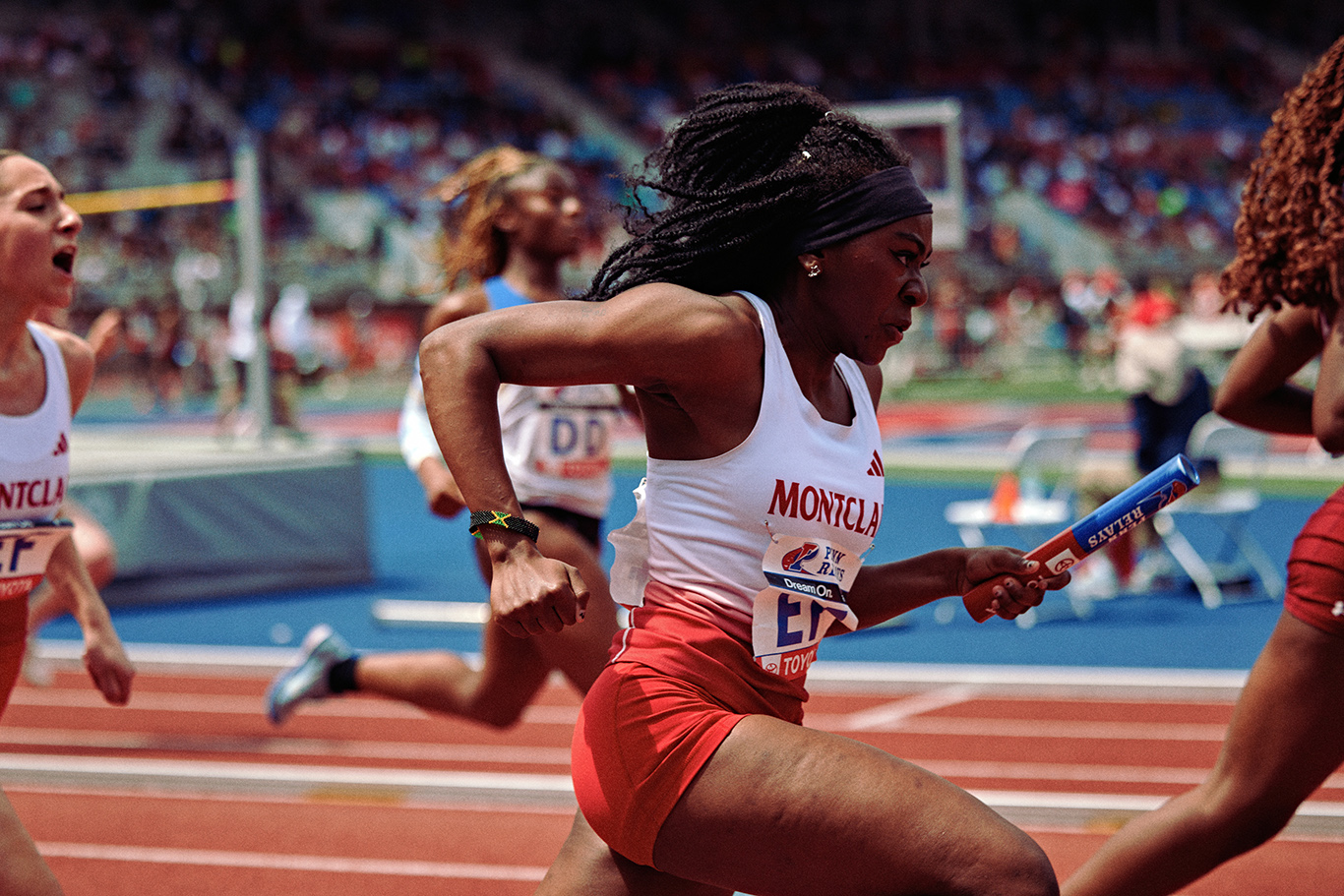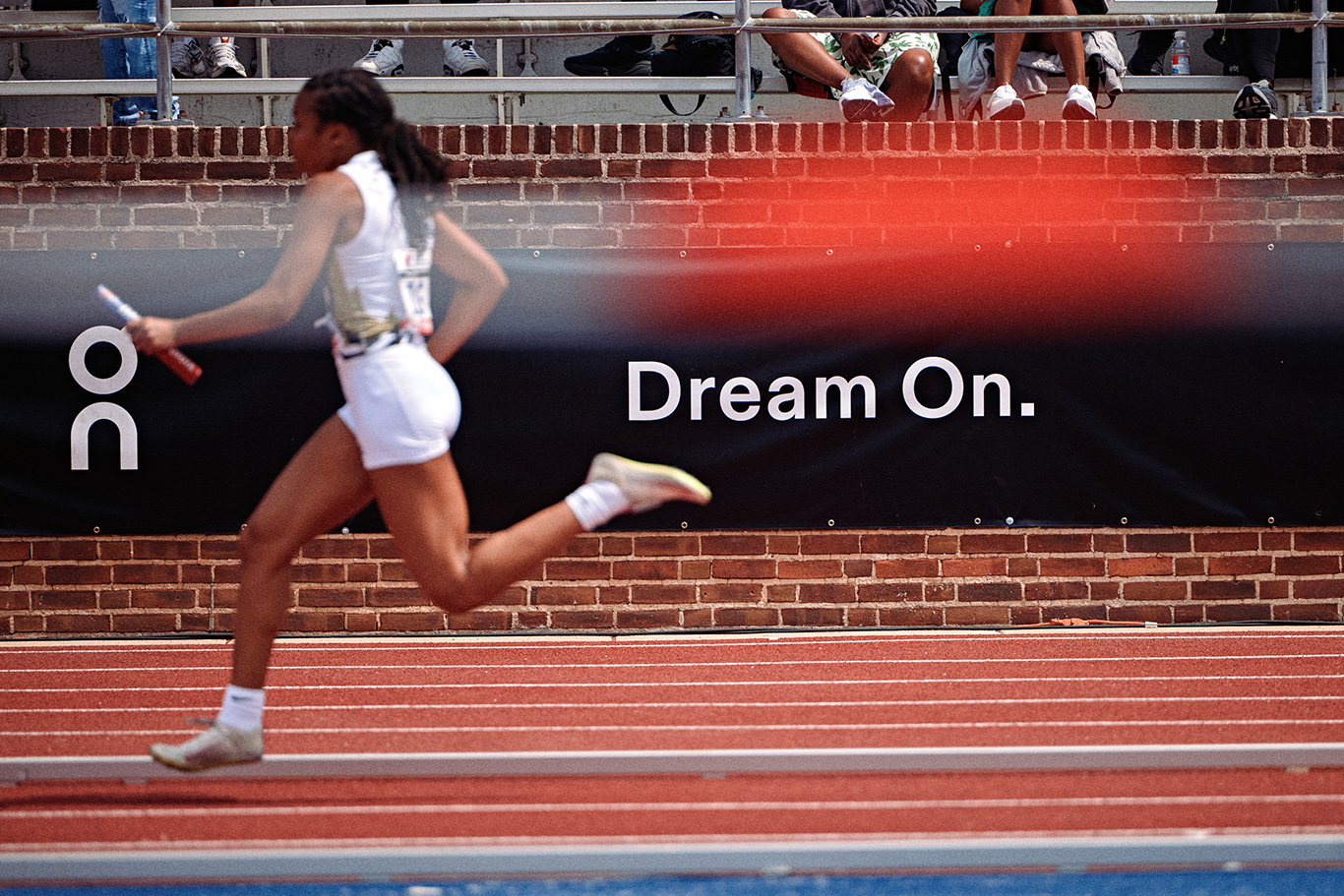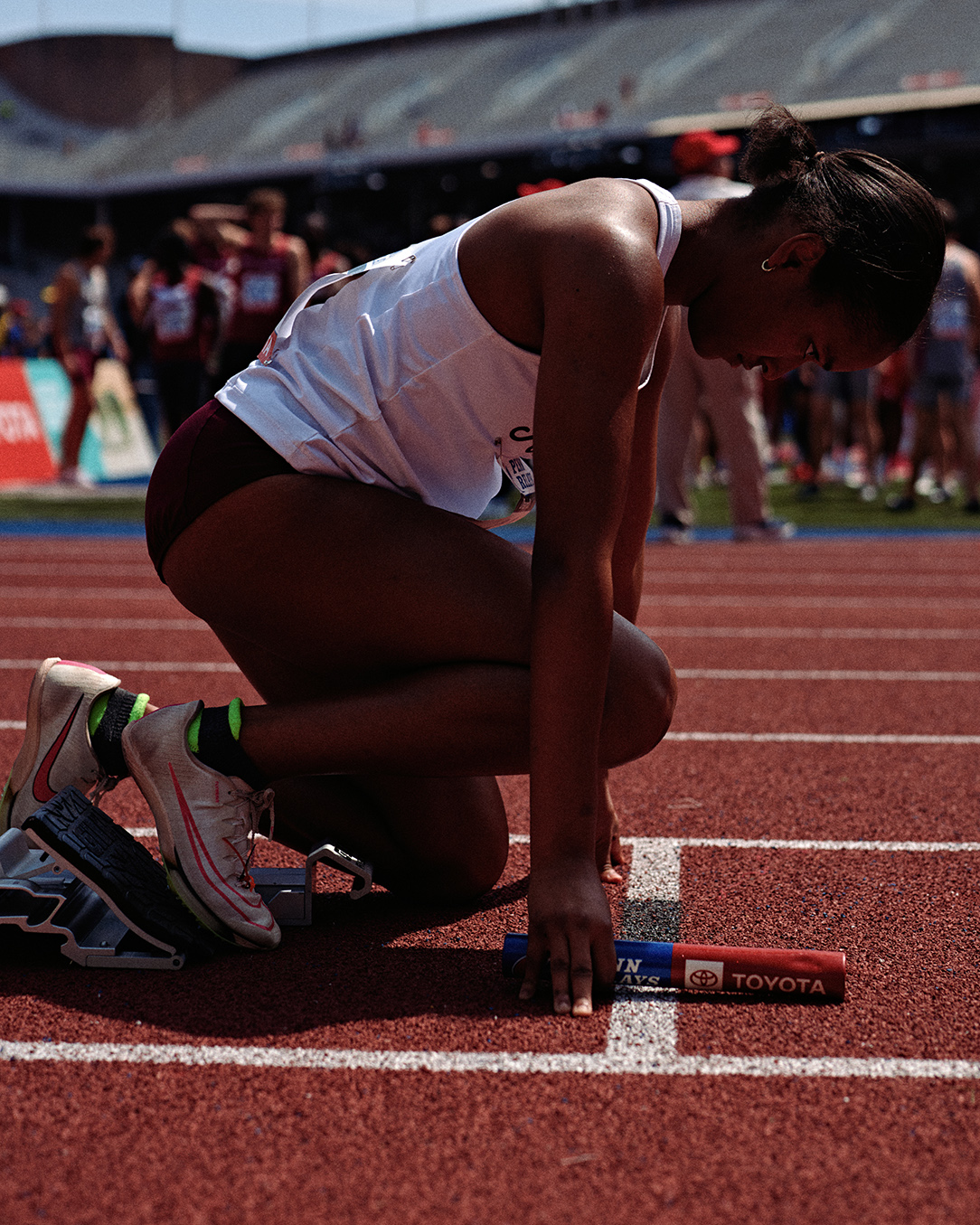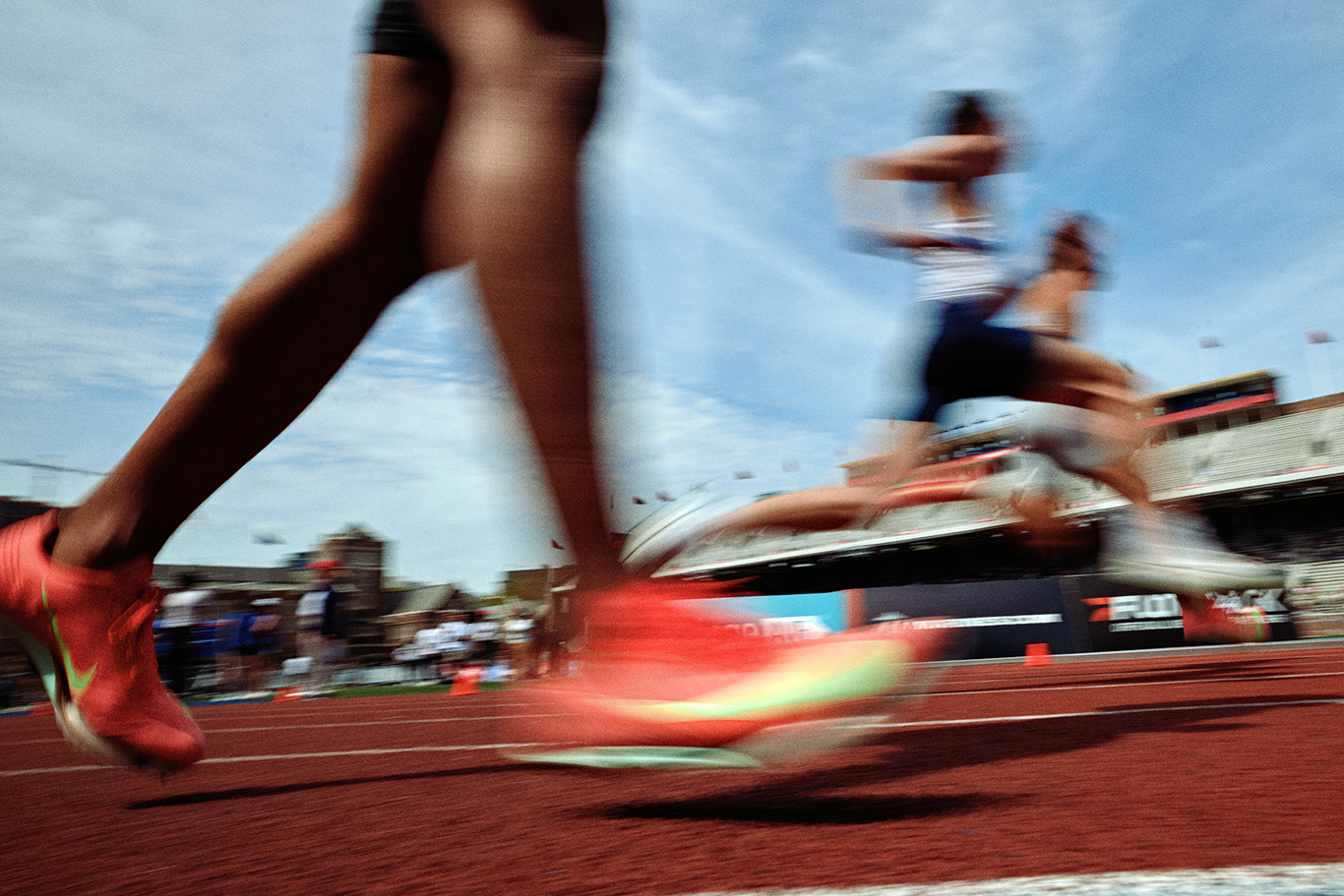The oldest track and field meet in the country barely showed signs of age at the 129th running of the Penn Relays during three days of seemingly endless events to pull April to a close.
Justin Sorensen combed historic Franklin Field in Philadelphia to gather a polished collection of raw prep talents, a glimpse of what could be next in collegiate powerhouses, while seasoned pro notables opened the gates on the start of a saturated outdoor campaign on the track.
And what emerged once the final shutter clicked is a visual appraisal of intimate access — through the following images — that appears to separate the emotions of droves of loyal Jamaican supporters, the mass synchronization of event volunteers and echo of decades of past orders to simply run through the line.
